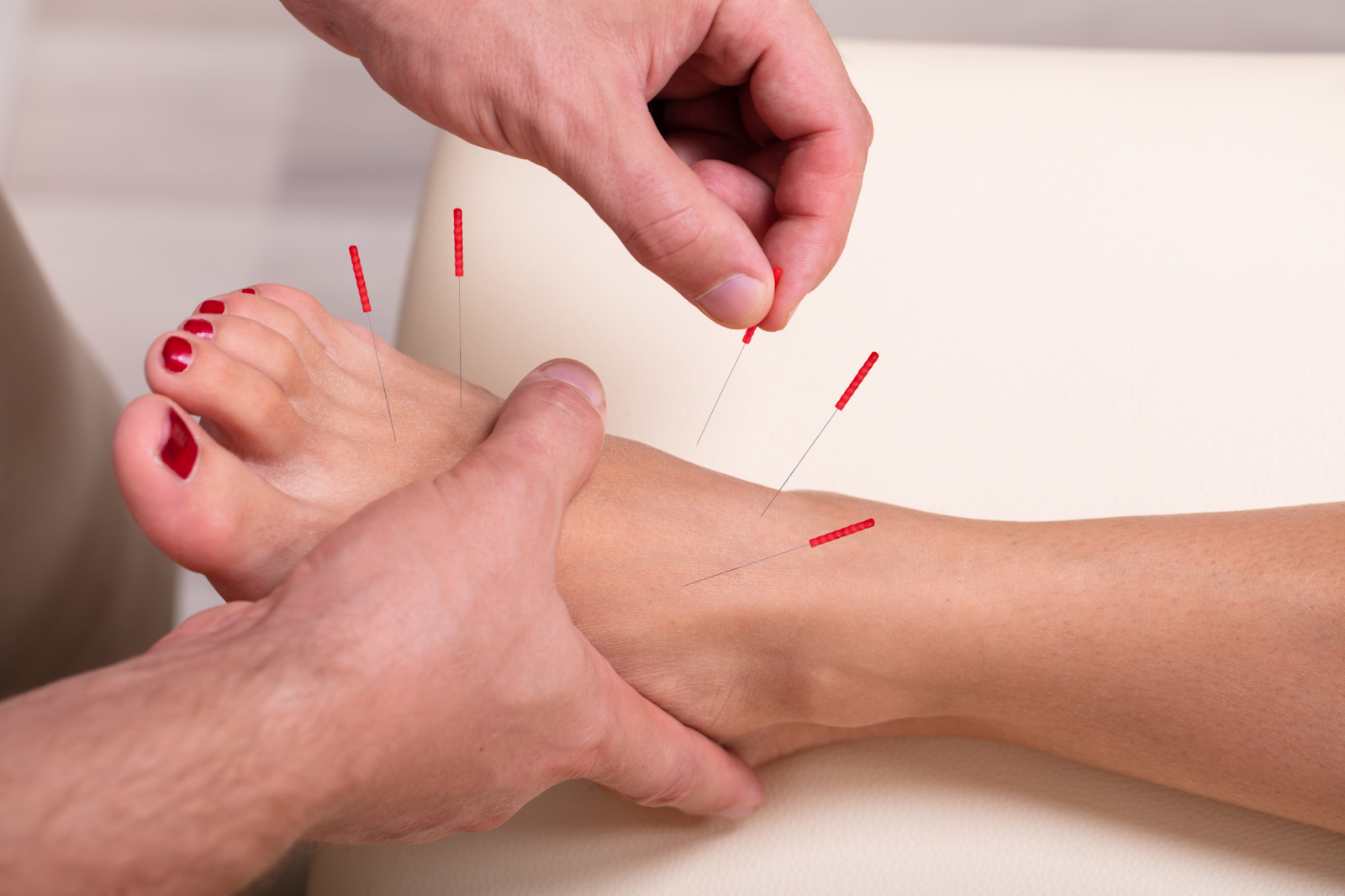Discover Your Perfect Healer Today!
Our online practitioner directory connects you with a wide range of healers to suit your unique needs.
Easily search and find the right professional to support your wellness journey.
Start exploring today to find your perfect match.
Modality
Disease
Books
Products
Events
Training
Blogs
Functional Medicine
Empowering Yourself: How to Become a Practitioner of Functional Medicine
Functional medicine is changing the paradigm of health care by putting primary emphasis on the individual and looking at a person as a whole. With ...
Read More → Written by
David Brown
Holistic Health
Begin Your Holistic Health Journey: Resources and Advice
It’s empowering to take that first step in the holistic journey toward complete well-being. Holistic health aims at the connection of mind, body, and spirit ...
Read More → Written by
Michael Johnson
Acupuncture
Acupuncture: Understanding Reactions, Benefits, and Aftercare
Acupuncture is an ancient therapeutic technique that has gained modern popularity. Many are often concerned about feeling worse the day after receiving acupuncture therapy. This ...
Read More → Written by
David Brown
Occupational Therapist
Unlocking Occupational Therapy’s Full Potential: Expert Tips
Occupational therapy is the process of gaining independence in daily activities, with an improvement in both physical, emotional, and cognitive functions. Occupational therapy guides patients ...
Read More → Written by
James Williams
Herbalist
The Role of Herbalists in Health and Wellness
Do you ever think about the effect of organic remedies on your fitness? Ancient herbal medicine is often neglected in a world dominated by pharmaceuticals ...
Read More → Written by
David Brown
Aromatherapy
How to Choose a Qualified Aromatherapy Professional?
Safety and effectiveness might be better guaranteed by finding a qualified aromatherapy professional. As the popularity of this therapy continues to grow, so does the ...
Read More → Written by
James Williams






